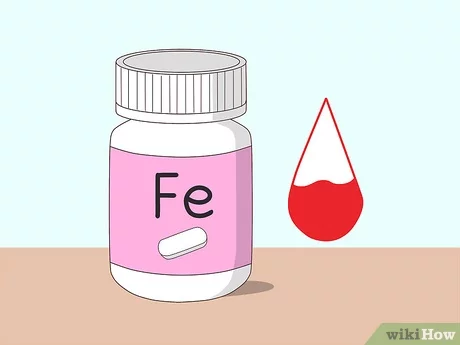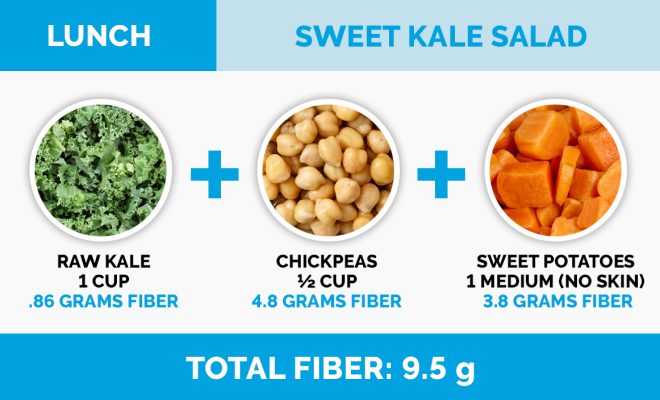How to Take Iron Supplements: 12 Steps

Iron supplements are often recommended by doctors for individuals who have iron deficiencies or conditions such as anemia. Taking iron supplements can be a bit tricky, as there are specific guidelines to follow, but with these 12 steps, you’ll ensure proper absorption and minimize potential side effects.
1. Consult your doctor: Before starting any supplement regime, it’s essential to consult your doctor or healthcare professional. They can determine if you need iron supplements and recommend the appropriate dosage.
2. Choose the right supplement: Iron supplements are available in various forms, including ferrous sulfate, ferrous gluconate, and ferrous fumarate. Your doctor will help you choose the right type based on your needs and tolerability.
3. Read labels carefully: Make sure to read the label of your supplement to understand the dosage instructions and potential interactions with other medications or food.
4. Start with a small dose: If you’re new to taking iron supplements, it’s a good idea to begin with a smaller dose to minimize potential side effects like constipation or upset stomach.
5. Take on an empty stomach: To maximize absorption, take your iron supplement one hour before or two hours after a meal. If this causes stomach discomfort, consult your doctor about taking it after a meal instead.
6. Avoid antacids and calcium supplements: Both antacids and calcium can interfere with iron absorption, so avoid taking them within two hours of your iron supplement.
7. Space out other medications: Some medications may also interfere with iron absorption. Speak to your healthcare provider about how best to time these medications around your iron supplement intake.
8. Pair with vitamin C: Vitamin C helps enhance iron absorption, so consider taking it with a source of vitamin C like orange juice or a vitamin C supplement.
9. Monitor for side effects: Some people may experience side effects such as constipation or nausea when taking iron supplements. If this occurs, try drinking plenty of water, increasing your fiber intake, or speaking to your doctor for additional advice.
10. Store supplements safely: Keep all supplements out of reach of children and store them in a cool, dry place to ensure potency and safety.
11. Track your progress: Regularly check-in with your doctor to monitor your iron levels and adjust your supplement dosage if needed.
12. Maintain a well-balanced diet: While supplementation is crucial for treating deficiencies, eating a balanced diet rich in iron can also help improve your iron levels. Foods high in iron include red meat, poultry, fish, beans, and fortified cereals.
Following these 12 steps will help you take iron supplements safely and effectively. Remember to always consult with your healthcare provider before starting any new supplement regimen.






